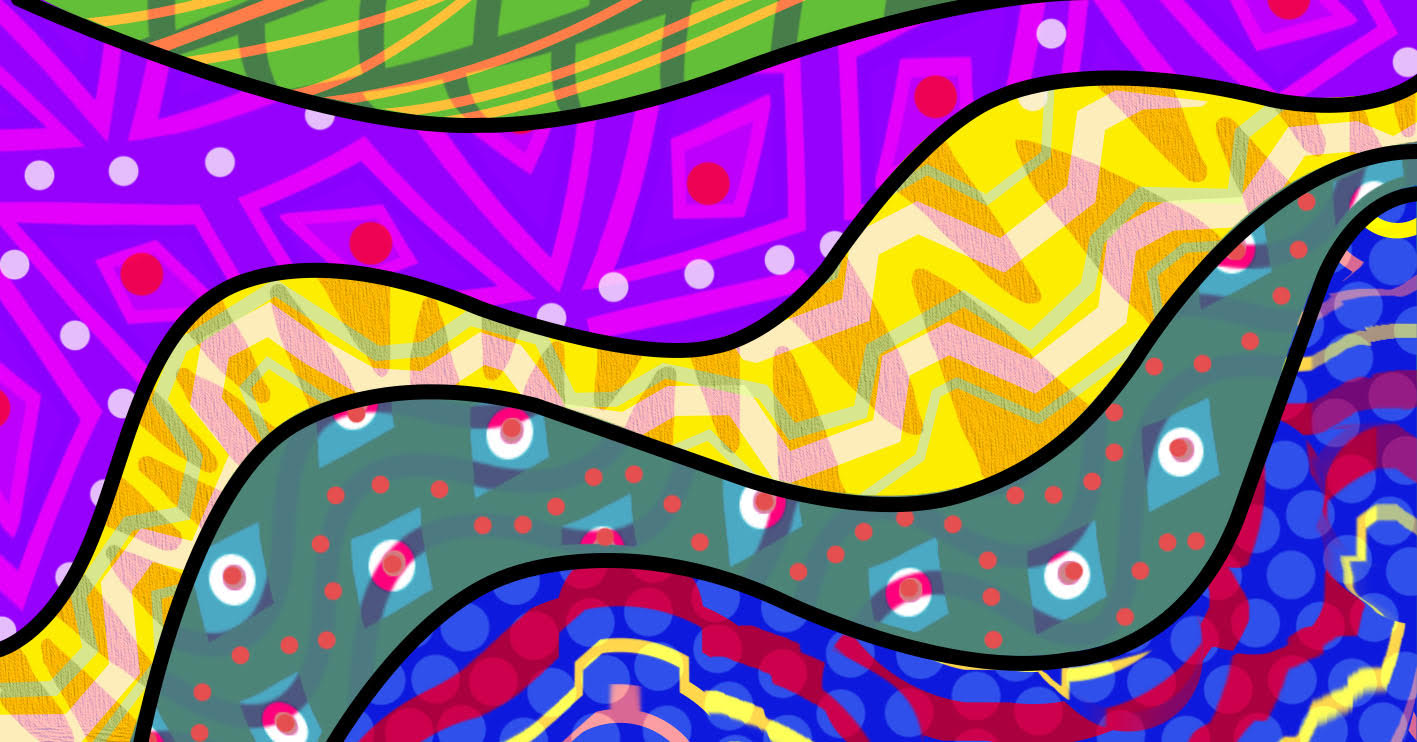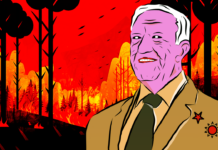- The Visionary Art of Mahku – Huni Kuin Artist Movement - October 29, 2019

Research and Transformation
Huni meka, the songs of nixi pae (ayahuasca), are in the language of the anaconda; the phrase is from Ibã Huni Kuin. This music is translated into the visionary art of the Mahku – Huni Kuin Artist Movement.
For the past few decades, Ibã has registered and transcribed the ritual songs and knowledge of his father, Tuin Huni Kuin, and other elders. The huni meka songs, studied by Ibã Huni Kuin, are performed during the nixi pae ceremonies. The performance of the songs stimulates the visions the participants have after drinking the beverage. We understand, therefore, that the songs also create a visual language, composed of images that not are not bound by narrative, as the songs don’t tell stories; it is these song-images that are transformed into drawings, with his son, the teacher Bane Huni Kuin.
The Huni Kuin of Jordão River, unlike the Huni Kuin of other regions, were severely impacted by the rubber boom, which lasted almost a century. It impacted their ways of living and organizing, their rituals, and their language. In the last decades of the twentieth century, a group of teachers and students, led by Ibã, started to record knowledge that was about to be lost, aiming to revive it again.
As a language and arts teacher at the University of the Forest’s Indigenous Degree Program, I was assigned to supervise Ibã Huni Kuin’s song research in the Indigenous Degree Program. Due to his experience as a teacher and researcher, I proposed that we adopt video as a means to create media of his extensive experience.
Transformed in images and drawings, the purpose was to make the next generation— their children—understand the intricate poetics of the huni meka, the nixi pae song. It is a style centered on the superimposition of images, as he explains in the movie, Nai, mãpu, yubekã (Sky, bird, boa snake). Based on the teachings of his father, Ibã, and his son Bane aimed not only to teach the songs, but to draw the attention of the youth to this kind of composition and its practice, bound to the ritual with ayahuasca. Aiming to produce more drawings and support Bane’s expertise in the visual translation of the huni meka poetics, the Forest Spirit research project carried out two projects, held by the Indigenous Degree Program of UFAC: a designers’ meeting and a movie to record the process.
The movie O sonho de nixi pae (The Dream of the Nixi Pae, 2015) shows the 2011 meeting held in the village Mae Bena, within the Huni Kuin Indigenous Land in Jordão River, Acre. The meeting was called the Huni Kuin Graphic Artists’ Meeting. The meeting’s production unfolded in an exhibition in the same year in Acre’s capital, Rio Branco. The resulting movie is O Espírito da Floresta (The Spirit of the Forest), 2012.
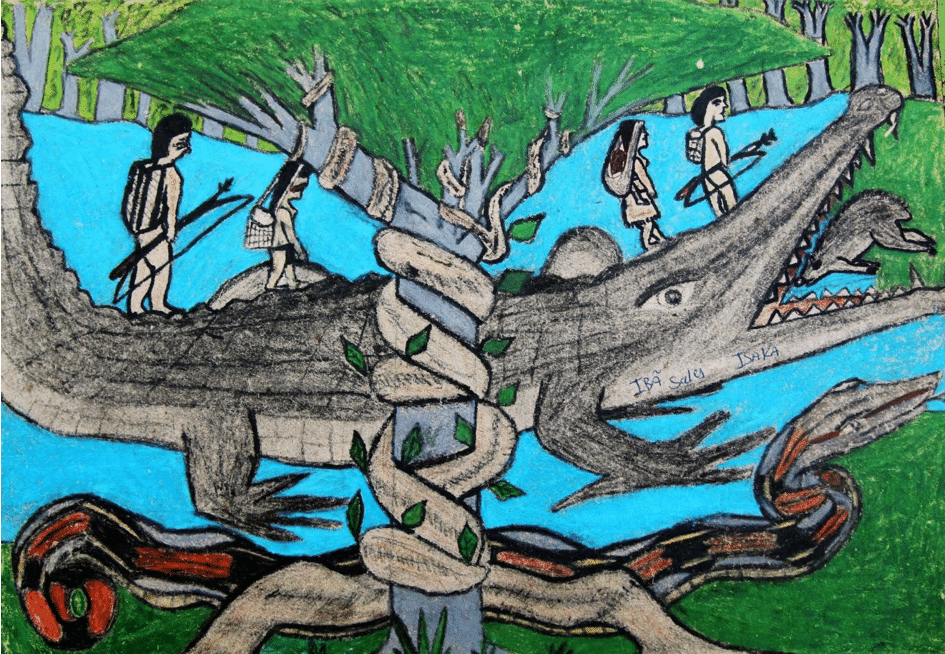
Alongside the video and the drawings, the artist researchers meeting is an important opportunity to engage in the image writing that builds the trajectory of this investigation. The collective research, where bodies and perceptions combine to transform the poetic images of huni meka songs into drawings, outlines and defines the result of such writing of the images in a writing of bodies, as we will see.
In 2011, we continued the research project, The Spirit of the Forest, in an exhibition in Rio Branco, capital of Acre, with the drawings made at the research meeting, which also appear in the 2015 movie. Some of the artists were at the exhibition, which had projections of the meeting and some musical performances by indigenous and non-indigenous artists. We then continued the audiovisual productions and created a website to host the works.
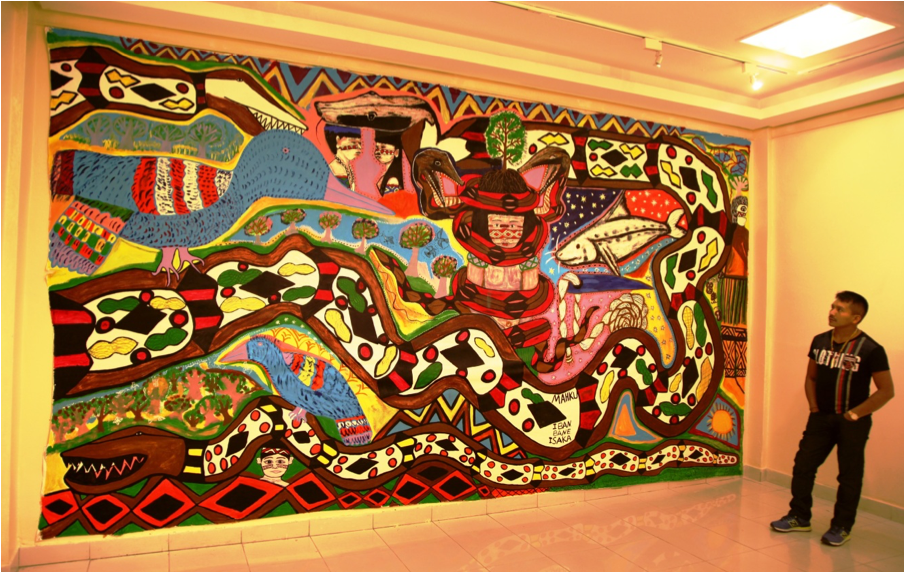
At this point, in the end of 2011, the anthropologist Bruce Albert had contacted us, inviting us to join an exhibition. In the beginning of 2012, we received Bruce Albert and Hervé Chandés, Chairman of the Cartier Foundation for Contemporary Art in France, at the indigenous land in Jordão River; the purpose was to invite Huni Kuin artists to the Histoires de Voir exhibition.
This exhibition was an important turning point for Ibã’s research and the group trajectory. Since the previous meeting, the group had become an artist’s association: the Mahku – Huni Kuin Artist Movement. After the exhibition, the group became renowned in Brazilian artistic circles that then started to pay more attention to indigenous artists. The research with the university continued, and we established a partnership to design and execute further projects.
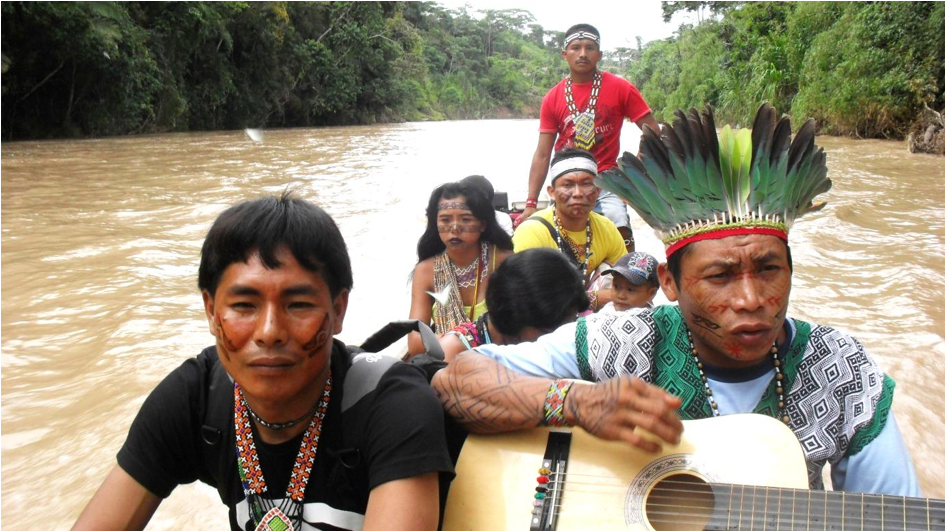
O sonho do nixi pae (The Dream of the Nixi Pae) was finished in 2015. It shows Mahku’s trajectory between 2009 and 2014. The movie recalls some issues addressed in the first film, O espírito da floresta (The Spirit of the Forest), from 2012.
Bodies in Motion
Three years later, in 2016, we were invited by MASP – São Paulo Assis Chateaubriand Art Museum, to give a drawing workshop at the Childhood Histories Exhibition.
Inspired by the 2013 experience, our proposition for the MASP workshop was to draw on the experience of the singing and dancing of the Huni Kuin’s fertility festival, the katxa nawa. Instead of focusing on the nixi pae, the idea was to experience the transformation of the conveyed images in another Huni Kuin ritual, which dealt with actions and images closer to the children’s reality in a composition. From the children’s side, we see that bodies that learn and create, that write by means of the flow of sound and gesture, constitutes a writing of the bodies. From Ibã’s side, it is relevant to his practice as a teacher, but also to the sung and danced bodily knowledge of Huni Kuin rituals.
I consider that association between the Art and Perception Laboratory (APL) and the ritual as important as the association between song and drawing, for these new languages make it possible for the Huni Kuin to convey their knowledge of image transformation, bodily transformation, and the embodiment of others. As they dance to embody the plant yuxin (spirits), to create kinship or alliances by the sharing of substances and affections between the bodies, the dance is also to “know” (with) the whites, embodying them as Huni Kuin.
The Laboratories are comprised of several combined practices; today, they have ten formats available for audiences with different interests, such as children and teenagers, artists, academics of different fields, designers, graduate researchers from different programs, women, and teachers, among others. In time, we realized that the Laboratories were important in the constitution of this institutional network, made up mostly of universities; a network that today is part of Mahku and Mahku Independent Center.
Mahku Independent Center
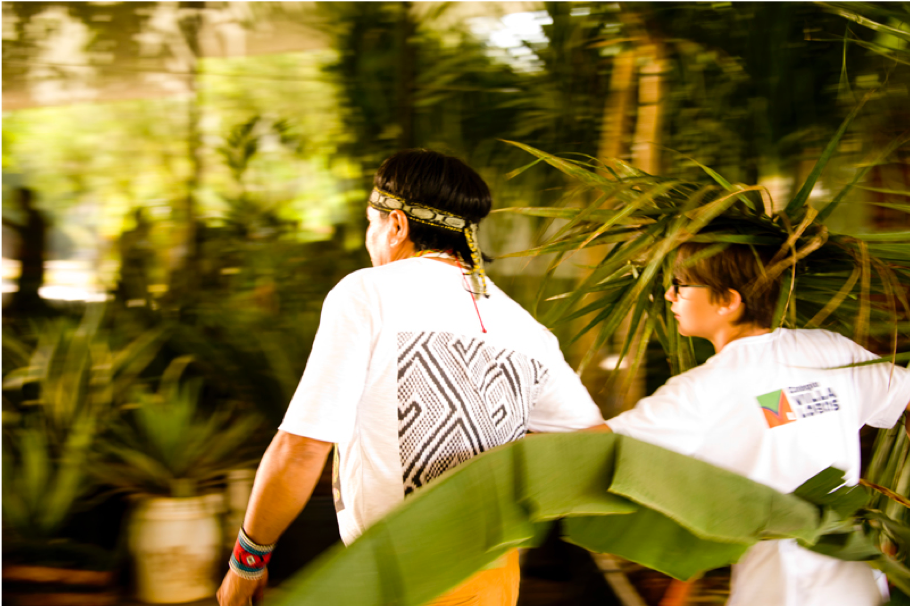
In 2014, Mahku sold a piece and acquired a land lot in the region of Jordão River, where the Huni Kuin land is. This became the Mahku Independent Center (CMI). This was an important step in establishing the region and the forest as a geopolitical reference of the collective. In this space, the Mahku hold meetings and receive artists entering artistic residences.
The forest is not a place to be, but a person to learn from. The land itself is an agent in the projects and activities that Mahku has conceived of in the last few years. However, the land, before being identified with something or someone, is flow; the flow of wind between the leaves, the flow of water on the river branches, the flow of insects’ sounds, and the flow of bodies represented in the flow of huni meka images: sky, bird, boa snake. The writing of the land is a writing with all those flows: images and bodies; things and people.
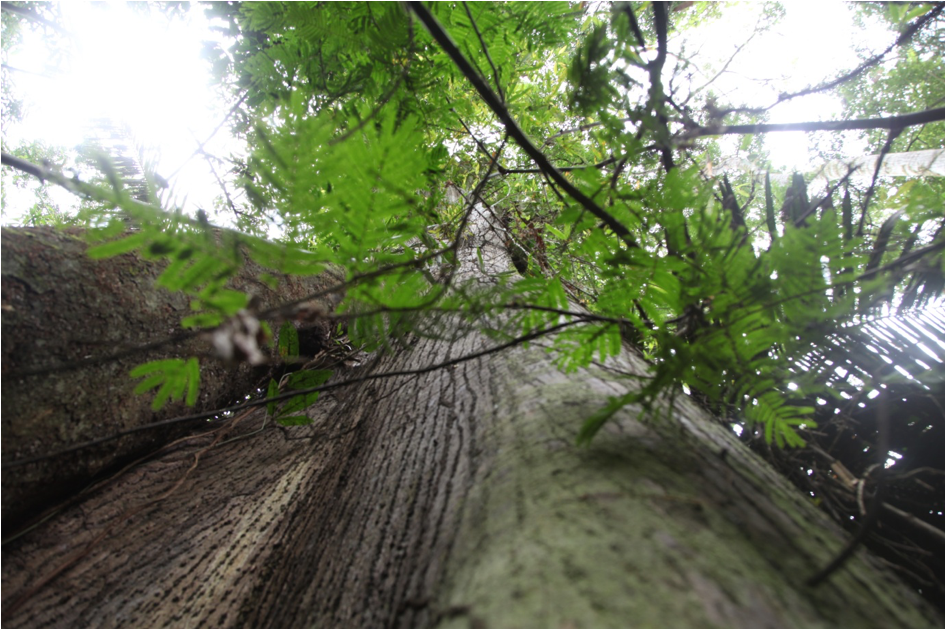
The Present
Through the Mahku Independent Center, Mahku and the Spirit of the Forest (UFAC) research project are joining the debates concerning the current situation experienced by Brazilian universities, museums, and institutions of art and research. Examining the protagonism of indigenous peoples and other non-privileged perspectives has become a focus of some important contemporary discussions.
Through the Laboratories—a way to articulate images, bodies, and land—the Mahku are weaving a network with other institutions, mostly universities, in Brazil and abroad. Reaching MASP and other museums, the network comprises other indigenous peoples and their institutions. Within this network, Mahku has been creating exhibitions, murals, and laboratories, with the intention of reflecting and practicing the knowledge produced by means of another epistemological, ontological, political, ecological, and ethical reference.
Images are transformative. In Ibã’s words: “vende a tela, compra a terra” (we sell a canvas, we buy land).
Take a minute to browse our stock:
Did you enjoy reading this article?
Please support Chacruna's work by donating to us. We are an independent organization and we offer free education and advocacy for psychedelic plant medicines. We are a team of dedicated volunteers!
Can you help Chacruna advance cultural understanding around these substances?


